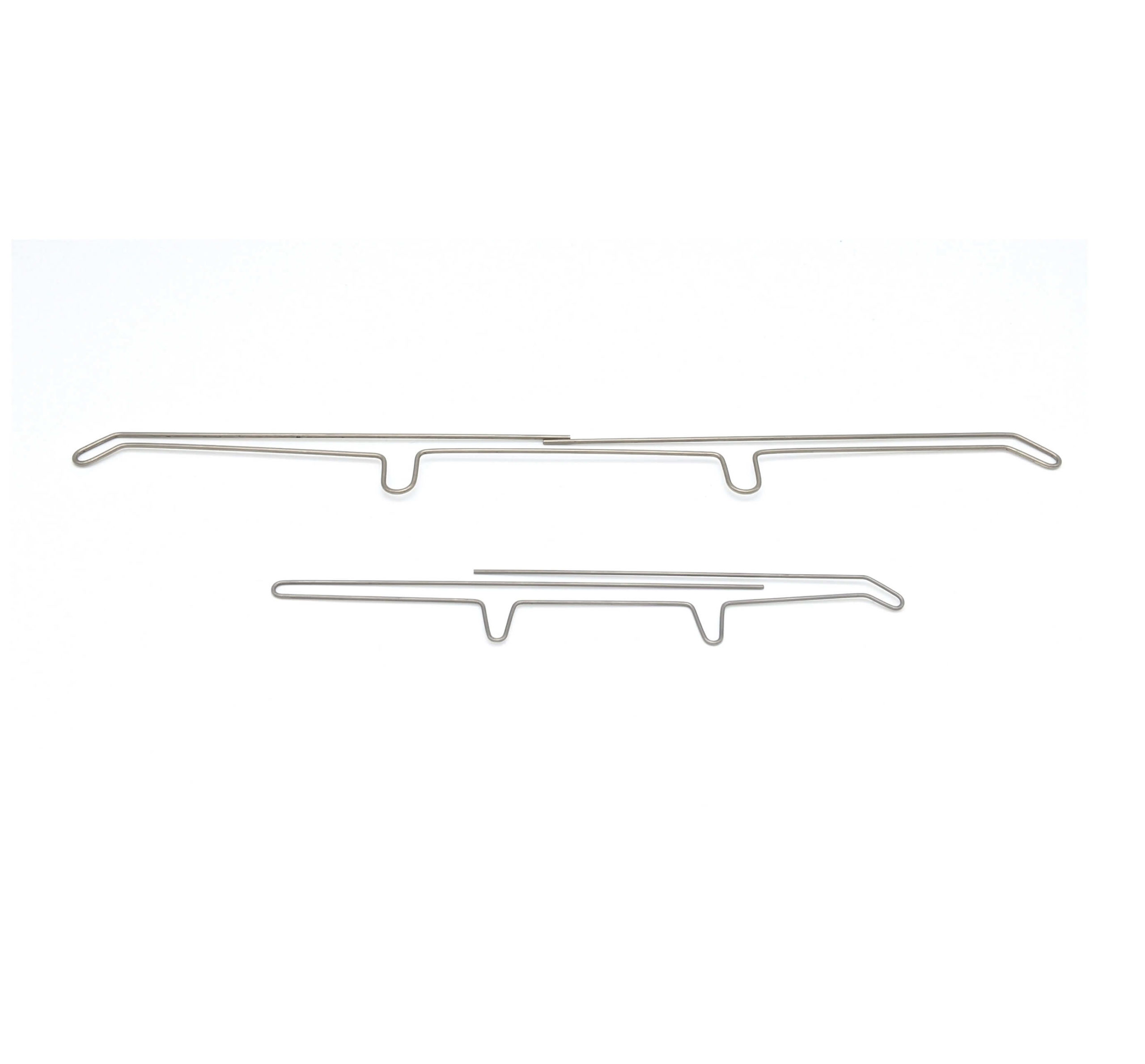Get unique, complex parts easily. No matter your requirements, Chaoyi Spring creates hard-to-produce coil springs and wire forms.
Let us help you create the custom wire form you need, from S-hooks and J-hooks to utility hooks and more.
We work closely with customers across a wide range of industries, helping them design and manufacture made-to-order parts.
Why choose Chaoyi Spring? We prioritize customer-focused collaboration, modern equipment and the latest technology to make your parts per print.
Find the information and guidance you need, from measuring a spring to learning about materials, placing an order and much more.
Torsion springs, those coiled marvels that store energy through twisting, are ubiquitous in our world. From the delicate hairsprings in watches to the robust torsion bars in car suspensions, these


Torsion springs, those coiled marvels that store energy through twisting, are ubiquitous in our world. From the delicate hairsprings in watches to the robust torsion bars in car suspensions, these springs play a vital role in countless mechanisms. Understanding the torsion spring formula is key to harnessing their power and ensuring optimal performance in a wide range of applications. But what exactly is this formula, and how can we use it to design and analyze torsion springs?

The torsion spring formula is a mathematical expression that relates the torque applied to a torsion spring to the resulting angular deflection. It's a fundamental tool for engineers and designers working with these springs, allowing them to predict their behavior under various load conditions.
The core principle behind the torsion spring formula is the relationship between torque, angular deflection, and the spring's stiffness. Stiffness, represented by the spring constant (k), quantifies the spring's resistance to twisting. A higher spring constant indicates a stiffer spring, requiring more torque to achieve a given angular deflection.
The most common form of the torsion spring formula is:
T = k * θ
where:
The spring constant (k) is a crucial parameter in the torsion spring formula. It reflects the spring's inherent resistance to twisting and is determined by its material properties, geometry, and manufacturing process.
For a cylindrical torsion spring, the spring constant can be calculated using the following formula:
k = (G * d^4) / (8 * D^3 * N)
where:
The torsion spring formula finds its application across a wide range of industries and technologies. Here are a few examples:
While the torsion spring formula provides a fundamental framework for understanding these springs, practical applications often require considering additional factors that can influence their behavior.
The torsion spring formula is a powerful tool that empowers engineers and designers to understand, predict, and control the behavior of these versatile components. By combining the formula with a deep understanding of material properties, spring geometry, and practical considerations, we can unlock the full potential of torsion springs in a wide range of applications. From the delicate movements in watches to the robust forces in automotive systems, the torsion spring formula remains a cornerstone of innovation and engineering excellence.
Understanding the torsion spring formula is essential for anyone working with these versatile components. It provides a fundamental framework for predicting their behavior and designing them for specific applications. While the formula itself is relatively simple, real-world applications often require considering additional factors that can influence the spring's performance. By carefully considering these factors and leveraging the power of the torsion spring formula, we can harness the unique properties of these springs to create innovative and reliable solutions for a wide range of challenges.
Browse some of the custom wire forms and springs that we manufacture. Don’t see what you need? We specialize in made-to-order products that meet your application requirements.
Visit Our GalleryNeed a custom wire form or coil spring? We make it work. Fill out the contact form and a representative will respond within 1 business day. If you have a PDF or CAD file, you can submit to request a quote.